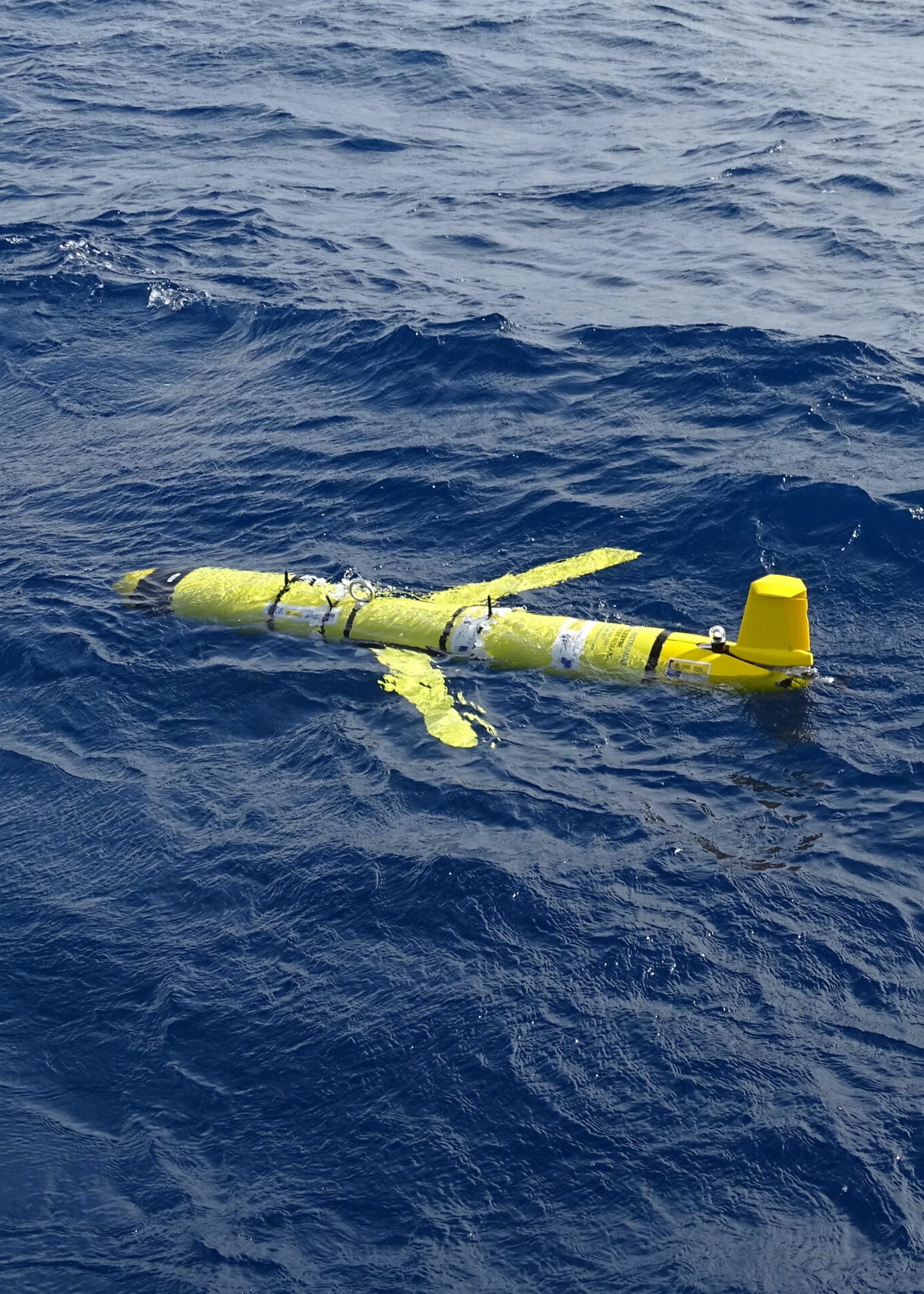
Underwater glider model Slocum G2 developed by Plocan, upon which the development of the B-glider is based.
Source: plocan.eu
The issue of marine litter is a pressing one. Since as early as the 1970s, scientists speculated that plastic additives could be delivered to marine organisms and have a toxic effect, as well as that the problem was likely to get worse. They were not wrong: given the exponential rise in the use of plastics in all areas of the human activity, plastic pollution of the marine environment continues to be of urgent research. One of the most concerning aspect is the fact that most studies and initiatives looking at marine litter focus on floating or stranded litter; however, more than 90% of the marine litter worldwide is located on the seafloor: it is estimated that 14 million tonnes of plastics reside on the ocean floor worldwide (Barret et. al. 2020).
As technologies such as sonars and other monitoring sensors are further developed,
the monitoring of marine litter will require the participation of more stakeholders. The role of citizens in the monitoring of plastic pollution will increase in the coming years, and the truly “big data” they document must become part of the science of plastic pollution. From the engineering perspective, further efforts must be made in order to develop technologies that accurately detect underwater debris and help in its future reduction.
In this sense, AUVs will be one of the most useful tools, specially as increasingly innovative methods of underwater propulsion mean less use of energy. One widely-used method is the one of the so called “glider”, an underwater vehicle that uses
small changes in buoyancy to move vertically and
wings to move horizontally, achieving forward motion.
The energy necessary to move the hydraulic pistons
that expel the water is much lower than that used for a
typical propeller (Rudnick 2004). That way, gliders are
able to save energy an therefore have a much higher
autonomy.

B-Glider is an Automated Underwater Vehicle (AUV) developed for the exploration of the benthic floor of the coastline of Barcelona: Its objective is to explore the issue of marine benthic floor residue.
It features great autonomy thanks to its propulsion based on buoyancy; it combines this widely used technology with a simple yet complete sensor system, using a classic side scan sonar but also a modern underwater hyperspectral imager. This makes the B-Glider a unique development for researching marine floor residue while keeping the energy consumption very low.
